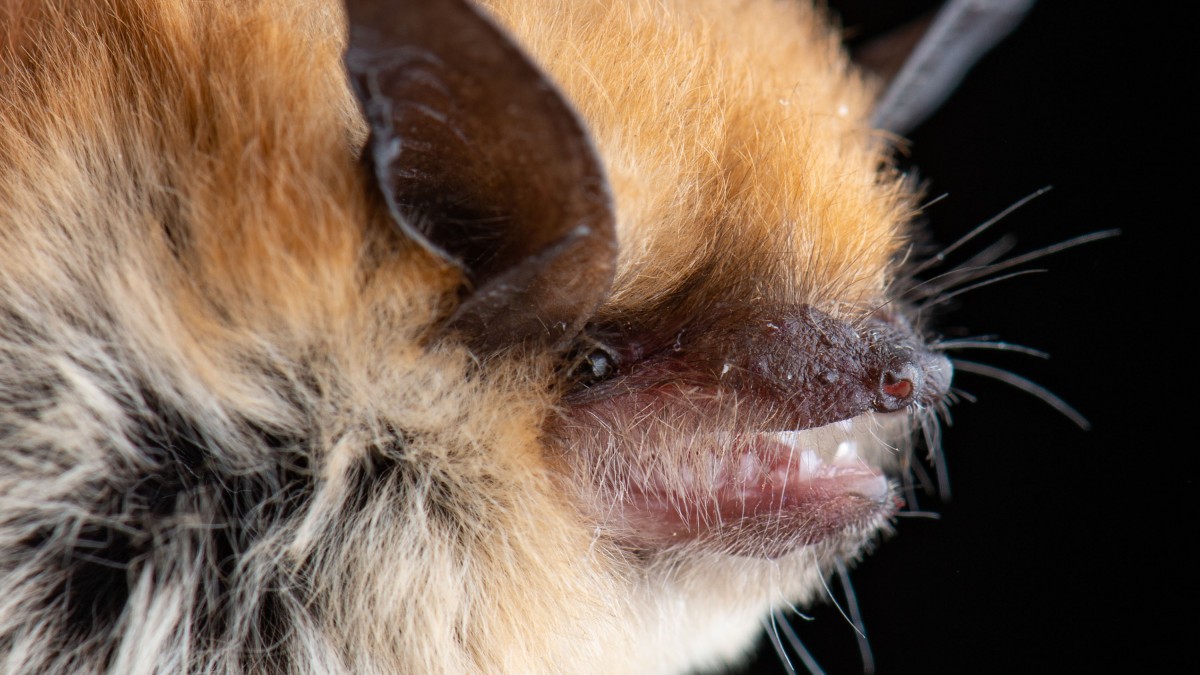
Bats are fascinating creatures that play important roles in ecosystems around the world. One particular species, the California Myotis Bat, is found in abundance in the state of California. These small, insect-eating bats are known for their unique and interesting characteristics. From their feeding habits to their navigation techniques, California Myotis Bats have captured the attention of researchers and bat enthusiasts alike.
In this article, we will explore 10 intriguing facts about California Myotis Bats. Whether you’re a wildlife enthusiast, a nature lover, or simply curious about these nocturnal creatures, join us as we delve into the world of these fascinating bats.
Key Takeaways:
- California Myotis Bats are small, nocturnal insect-eaters that play a vital role in controlling pest populations and are protected under the California Endangered Species Act.
- These social bats hibernate in winter, face threats from habitat loss and pesticides, and can live up to 15 years in the wild, making conservation efforts crucial for their survival.
California Myotis Bats are small in size.
The California Myotis bat, also known as the Myotis californicus, is a species of bat native to California. These bats are small, measuring about 3 to 4 inches in length, with a wingspan of approximately 9 to 11 inches.
They have a distinctive appearance.
These bats have a dark brown or grayish-brown fur, which helps them blend in with their surroundings. They also have a long, narrow snout and prominent ears, which aid in their echolocation abilities.
California Myotis Bats are nocturnal creatures.
Like most bats, California Myotis bats are nocturnal, meaning they are active during the night. They roost in trees, caves, and man-made structures during the day, and emerge at dusk to hunt for insects.
They are insectivorous animals.
These bats primarily feed on insects, including mosquitoes, moths, beetles, and flies. They use echolocation to locate their prey in the dark and have the ability to consume large quantities of insects in a single night.
California Myotis Bats play an important role in ecosystems.
As natural predators of many insect species, these bats help control pest populations, which has a positive impact on agriculture and reduces the need for chemical pesticides.
They are social animals.
California Myotis bats often form maternity colonies during the breeding season, where females gather to give birth and raise their young. These colonies can range in size from a few individuals to several hundred bats.
California Myotis Bats hibernate during winter.
During the colder months, when food availability is scarce, these bats enter a state of hibernation. They find shelter in caves, mines, or other protected areas and reduce their metabolic rate to conserve energy.
They face threats to their survival.
Habitat loss, disturbance of roosting sites, and the use of pesticides are some of the major threats to the population of California Myotis bats. Conservation efforts are crucial to ensuring their survival.
They can live up to 15 years.
California Myotis bats have a relatively long lifespan for a small mammal, with individuals living up to 10 to 15 years in the wild.
They are protected species.
Under the California Endangered Species Act, the California Myotis bat is listed as a “Species of Special Concern,” which means it is protected by state regulations to prevent its decline and promote its conservation.
Conclusion
California Myotis bats are fascinating creatures that play an important role in maintaining the ecosystem. From their small size to their unique feeding habits, these bats have captured the attention of researchers and wildlife enthusiasts alike. By adapting to various environments and surviving in a range of habitats, they have proven to be resilient and adaptable creatures.
Learning about the 10 California Myotis bat facts highlighted in this article helps to foster a deeper understanding and appreciation for these remarkable animals. From their ability to consume vast amounts of insects to their vital contributions to pollination and seed dispersal, California Myotis bats are truly fascinating creatures that deserve our respect and protection.
Next time you come across a California Myotis bat, remember that these small creatures play a significant role in maintaining the delicate balance of our ecosystems. Take a moment to appreciate their unique characteristics and the important work they do to keep our environment healthy and thriving.
FAQs
1. How many species of Myotis bats are found in California?
There are approximately 24 species of Myotis bats found in California.
2. Are California Myotis bats endangered?
While some Myotis bat species are considered endangered, such as the Indiana Myotis and the Virginia Myotis, the California Myotis bat is currently not listed as endangered.
3. Do California Myotis bats migrate?
California Myotis bats are known to have seasonal movements, but they are not considered long-distance migratory bats. They tend to move within their local range in search of suitable foraging areas and roosting sites.
4. What do California Myotis bats eat?
California Myotis bats primarily feed on insects, including moths, flies, beetles, and mosquitoes.
5. Where do California Myotis bats roost?
California Myotis bats roost in a variety of locations, including caves, mines, tree hollows, and buildings. They are known to use different roosting sites depending on the season.
6. How big are California Myotis bats?
California Myotis bats are small in size, with an average wingspan of 8-10 inches and a body length of 2.5-3.5 inches.
7. Do California Myotis bats have any predators?
California Myotis bats have a few natural predators, including owls, hawks, snakes, and other larger predatory birds and mammals.
8. Can I keep a California Myotis bat as a pet?
No, it is illegal and unethical to keep a California Myotis bat as a pet. Bats are wild animals and require specific conditions and care that cannot be provided in a domestic setting.
9. Are California Myotis bats important for the environment?
Yes, California Myotis bats are important for the environment as they play a crucial role in insect control, pollination, and seed dispersal, helping to maintain a healthy ecosystem.
10. How can I help protect California Myotis bats?
You can help protect California Myotis bats by supporting conservation efforts, avoiding the use of harmful pesticides, preserving their natural habitat, and spreading awareness about the importance of bats in our ecosystems.
Was this page helpful?
Our commitment to delivering trustworthy and engaging content is at the heart of what we do. Each fact on our site is contributed by real users like you, bringing a wealth of diverse insights and information. To ensure the highest standards of accuracy and reliability, our dedicated editors meticulously review each submission. This process guarantees that the facts we share are not only fascinating but also credible. Trust in our commitment to quality and authenticity as you explore and learn with us.


